
Vesterbro: The Heartbeat of Copenhagen
Discover Vesterbro, Copenhagen's trendiest neighborhood, where culture, history, and modernity collide, offering an eclectic mix of dining, shopping, and vibrant nightlife.
Vesterbro is a vibrant and eclectic neighborhood in Copenhagen, Denmark, known for its dynamic mix of culture, history, and modernity. Once a gritty industrial area, Vesterbro has transformed into one of the trendiest districts in the city, attracting both locals and tourists with its unique charm. Stroll down the lively streets and you'll find an array of quirky cafés, stylish boutiques, and bustling bars. The famous Meatpacking District, or 'Kødbyen', is a must-visit, offering an exciting blend of gourmet restaurants and hip nightlife. This area is perfect for foodies looking to indulge in both traditional Danish cuisine and international flavors. For a touch of history, visit the Carlsberg Brewery, where you can learn about Denmark’s brewing heritage and enjoy a cold beer in their historic gardens. Art enthusiasts will appreciate the V1 Gallery, which showcases contemporary art from both Danish and international artists. Families will love the nearby Tivoli Gardens, one of the world's oldest amusement parks, providing fun for all ages. Vesterbro is also home to some of Copenhagen’s most beautiful green spaces. Take a relaxing walk through Enghave Park or explore the serene Søndermarken, both offering a peaceful retreat from the urban hustle. Whether you're here for the shopping, dining, art, or just to soak in the local atmosphere, Vesterbro promises an unforgettable experience.
Local tips in Vesterbro
- Visit the Meatpacking District in the evening for the best nightlife experience.
- Explore Vesterbro by bike to blend in like a local and see more of the area.
- Check out local flea markets for unique souvenirs and vintage finds.
- Try Danish pastries from one of the neighborhood’s many artisanal bakeries.
- Visit Carlsberg Brewery early to avoid the crowds and enjoy a leisurely tour.
Vesterbro: The Heartbeat of Copenhagen
Vesterbro is a vibrant and eclectic neighborhood in Copenhagen, Denmark, known for its dynamic mix of culture, history, and modernity. Once a gritty industrial area, Vesterbro has transformed into one of the trendiest districts in the city, attracting both locals and tourists with its unique charm. Stroll down the lively streets and you'll find an array of quirky cafés, stylish boutiques, and bustling bars. The famous Meatpacking District, or 'Kødbyen', is a must-visit, offering an exciting blend of gourmet restaurants and hip nightlife. This area is perfect for foodies looking to indulge in both traditional Danish cuisine and international flavors. For a touch of history, visit the Carlsberg Brewery, where you can learn about Denmark’s brewing heritage and enjoy a cold beer in their historic gardens. Art enthusiasts will appreciate the V1 Gallery, which showcases contemporary art from both Danish and international artists. Families will love the nearby Tivoli Gardens, one of the world's oldest amusement parks, providing fun for all ages. Vesterbro is also home to some of Copenhagen’s most beautiful green spaces. Take a relaxing walk through Enghave Park or explore the serene Søndermarken, both offering a peaceful retreat from the urban hustle. Whether you're here for the shopping, dining, art, or just to soak in the local atmosphere, Vesterbro promises an unforgettable experience.
Unmissable attractions to see
Copenhagen Zoo
Historic canal in Indre By weaving past royal palaces, stately bridges, and cultural icons—offering tranquil walks and quintessential Copenhagen views.
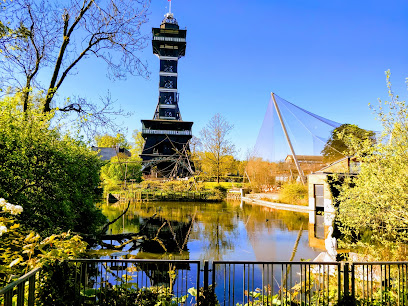
Christiansborg Palace
Stroll along Frederiksholms Kanal, the elegant Copenhagen waterway flanked by historic palaces and vibrant cultural landmarks at the heart of Indre By.
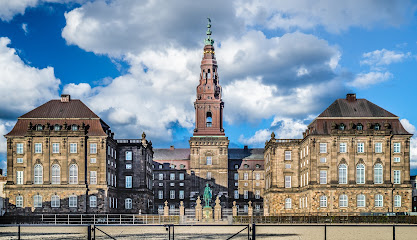
The King's Garden
Frederiksholms Kanal: An evocative canal-side promenade at the heart of Copenhagen, blending royal history, stately architecture, and peaceful city scenes.
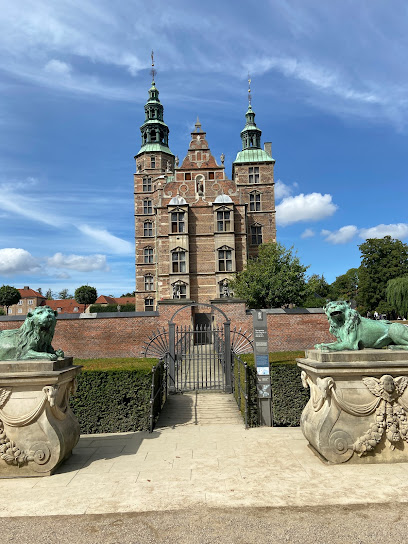
Model train display
Discover the enchanting Model Train Display in Copenhagen, showcasing intricate landscapes and charming miniature railways for all ages.
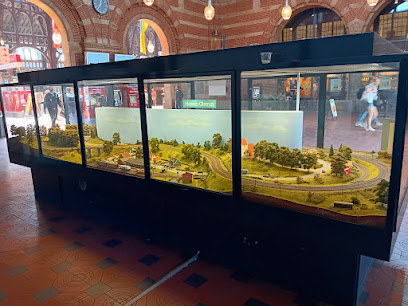
Essential places to dine
Madklubben Vesterbro
A buzzing, design-forward restaurant in the heart of Vesterbro, known for great value fixed-price menus and a welcoming slice of Copenhagen nightlife.

Smagsløget
Discover Smagsløget in Copenhagen: where traditional Danish flavors meet innovative culinary experiences in an inviting atmosphere.
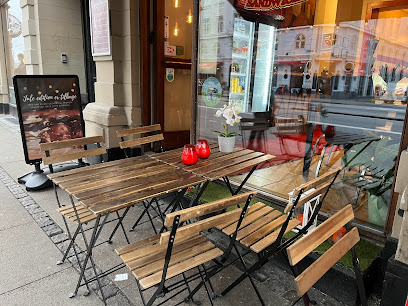
Cofoco
Cofoco in Vesterbro delights with accessible, innovative Danish and European tasting menus amid warm Scandinavian aesthetics and a true neighborhood spirit.
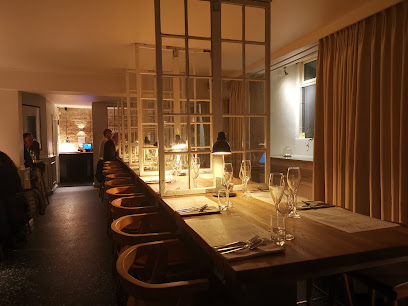
Paté Paté
Paté Paté offers Mediterranean-inspired dining and expertly curated wines in Vesterbro’s Meatpacking District, blending industrial charm with vibrant Copenhagen culinary culture.
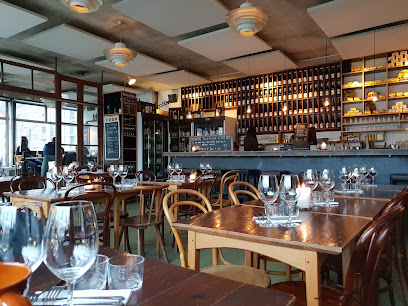
Fleisch
A contemporary restaurant and butcher shop in Copenhagen’s Meatpacking District, Fleisch combines Nordic meat traditions with creative, communal dining in an atmospheric urban setting.
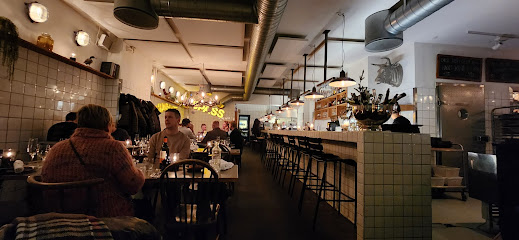
Spisestedet FEED
Discover exquisite flavors and an inviting atmosphere at Spisestedet FEED in the heart of København.
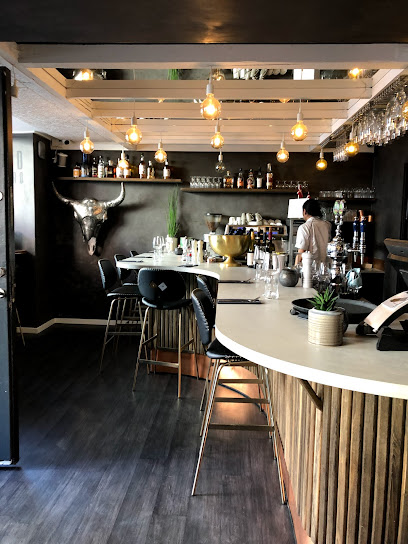
Restaurant Spuntino
Experience authentic Italian cuisine at Restaurant Spuntino in Copenhagen - where flavors meet ambiance for an unforgettable dining experience.

Bevi Bevi
Experience authentic Italian cuisine and exquisite wines at Bevi Bevi, a charming restaurant in the heart of Copenhagen.
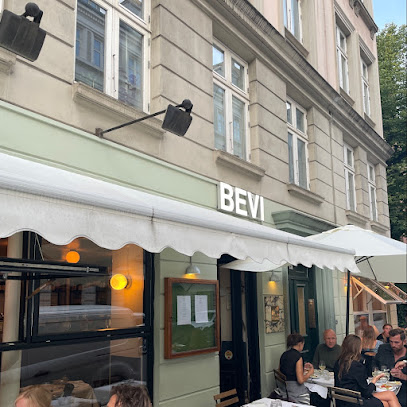
Local Phrases
-
- HelloHej
[hey] - GoodbyeFarvel
[fahr-vel] - YesJa
[yah] - NoNej
[nye] - Please/You're welcomeVær så god
[vaer so goh] - Thank youTak
[tahk] - Excuse me/SorryUndskyld
[oon-skuld] - How are you?Hvordan har du det?
[vor-dan har doo deh] - Fine. And you?Godt. Og du?
[goht. oh doo] - Do you speak English?Taler du engelsk?
[tah-ler doo ang-elsk] - I don't understandJeg forstår ikke
[yeh for-stor eek-eh]
- HelloHej
-
- I'd like to see the menu, pleaseJeg vil gerne se menuen, tak
[yeh vil geer-neh seh meh-noo-en, tahk] - I don't eat meatJeg spiser ikke kød
[yeh spee-ser ee-keh kuhd] - Cheers!Skål!
[skohl] - I would like to pay, pleaseJeg vil gerne betale, tak
[yeh vil geer-neh beh-tah-leh, tahk]
- I'd like to see the menu, pleaseJeg vil gerne se menuen, tak
-
- Help!Hjælp!
[hyelp] - Go away!Gå væk!
[goh vehk] - Call the Police!Ring til politiet!
[ring teel poh-lee-tee-et] - Call a doctor!Ring efter en læge!
[ring ef-ter en lay-eh] - I'm lostJeg er faret vild
[yeh ehr fah-ret veel] - I'm illJeg er syg
[yeh ehr soog]
- Help!Hjælp!
-
- I'd like to buy...Jeg vil gerne købe...
[yeh vil geer-neh kuh-beh] - I'm just lookingJeg kigger bare
[yeh kee-er beh-reh] - How much is it?Hvor meget koster det?
[vor meh-yet kohs-ter deh] - That's too expensiveDet er for dyrt
[deh ehr for deer-t] - Can you lower the price?Kan du sænke prisen?
[kahn doo sahn-keh pree-sen]
- I'd like to buy...Jeg vil gerne købe...
-
- What time is it?Hvad er klokken?
[vad ehr kloh-ken] - It's one o'clockDen er et
[dehn ehr et] - Half past (10)Halv ti
[hahlv tee] - MorningMorgen
[mor-gen] - AfternoonEftermiddag
[ef-ter-mee-dah] - EveningAften
[ahf-ten] - YesterdayI går
[ee gur] - TodayI dag
[ee day] - TomorrowI morgen
[ee mor-gen] - 1En
[en] - 2To
[toh] - 3Tre
[treh] - 4Fire
[fee-reh] - 5Fem
[fem] - 6Seks
[seks] - 7Syv
[soov] - 8Otte
[oh-teh] - 9Ni
[nee] - 10Ti
[tee]
- What time is it?Hvad er klokken?
-
- Where's a/the...?Hvor er en/den...?
[vor ehr en/dehn] - What's the address?Hvad er adressen?
[vad ehr a-dres-en] - Can you show me (on the map)?Kan du vise mig (på kortet)?
[kahn doo vee-seh mee (poh kohr-teh)] - When's the next (bus)?Hvornår er næste (bus)?
[vor-nor ehr næs-teh (boos)] - A ticket (to ....)En billet (til ....)
[en bee-let (teel)]
- Where's a/the...?Hvor er en/den...?
History of Vesterbro
-
Vesterbro's history can be traced back to the 19th century when it emerged as a working-class neighborhood. Originally farmland and outskirts of Copenhagen, it began to develop rapidly during the industrial revolution, becoming home to laborers employed in the factories and docks. This transformation was marked by the establishment of tenement buildings to accommodate the growing population.
-
In the late 19th and early 20th centuries, Vesterbro became known for its Meatpacking District (Kødbyen), which was established to centralize the meat trade. This area evolved into a vital economic hub, with numerous butchers and meat processing plants. The industrial architecture of Kødbyen remains a significant aspect of Vesterbro's character today, showcasing its rich industrial heritage.
-
During World War II, Vesterbro played a crucial role in the Danish resistance movement against Nazi occupation. Many resistance fighters operated from the neighborhood, using its dense urban landscape for covert activities. The area witnessed significant events, including the arrest of resistance members and the strategic planning of sabotage operations against the occupiers.
-
The 1960s and 70s marked a cultural renaissance in Vesterbro, as artists, musicians, and intellectuals began to settle in the area. This influx contributed to a vibrant arts scene, with galleries, theaters, and music venues emerging. The neighborhood became a center for counterculture movements, reflecting broader societal changes occurring in Denmark during this period.
-
In the late 20th and early 21st centuries, Vesterbro underwent significant gentrification. As property values soared, the area transformed from a working-class district to a trendy neighborhood popular with young professionals and families. This transformation has led to the establishment of hip cafés, bars, and boutiques, while also sparking debates about displacement and the preservation of the neighborhood's historical character.
Vesterbro Essentials
-
Vesterbro is easily accessible from various parts of Copenhagen. If you're arriving at Copenhagen Airport, take the M2 metro line towards Vanløse, which takes approximately 30 minutes. From the city center (København H), you can walk, take a bus, or hop on a train (S-tog) to reach Vesterbro. Buses 1A and 5C connect central stations to Vesterbro, making it a straightforward journey.
-
Vesterbro is bike-friendly, with dedicated bike lanes throughout the neighbourhood. You can rent a bike from various shops or use the Bycyklen bike-sharing system. Public transport includes buses and the S-train, which are efficient for longer distances. Walking is also a pleasant option, as many attractions are within close proximity.
-
Vesterbro is generally a safe neighbourhood for tourists, but like any urban area, it is wise to remain vigilant. Areas near Istedgade can experience higher crime rates, particularly concerning petty theft or scams targeting tourists. Avoid walking alone late at night in less crowded areas and keep your belongings secure.
-
In case of emergencies, dial 112 for police, fire, or medical assistance. The local hospital is located at Rigshospitalet, and there are numerous pharmacies throughout Vesterbro for minor health issues. It is advisable to have travel insurance that covers medical emergencies.
-
Fashion: Do dress comfortably and casually, as Copenhagen has a laid-back style. Don’t wear overly formal attire unless the occasion calls for it. Religion: Do respect the local customs, especially when visiting churches. Don’t take photos in places where it is prohibited. Public Transport: Do validate your ticket before boarding. Don’t eat or drink on public transport. Greetings: Do greet locals with a friendly 'Hej'. Don’t assume everyone speaks English; a few Danish phrases can go a long way. Eating & Drinking: Do try local dishes at eateries and appreciate the café culture. Don’t be overly loud or disruptive in restaurants.
-
To experience Vesterbro like a local, explore the trendy Vesterbro Market for fresh produce and artisan goods. Visit the Meatpacking District (Kødbyen) for vibrant nightlife and unique dining spots. Take a leisurely stroll around the picturesque Søndermarken park. Engage with locals at bars and cafés, and don’t hesitate to ask for recommendations. Also, consider visiting the local thrift shops for a unique shopping experience.
Nearby Cities to Vesterbro
-
Things To Do in Roskilde
-
Things To Do in Køge
-
Things To Do in Hillerød
-
Things To Do in Helsingør
-
Things To Do in Næstved
-
Things To Do in Slagelse
-
Things To Do in Kalundborg
-
Things To Do in Nyborg
-
Things To Do in Odense
-
Things To Do in Aarhus
-
Things To Do in Horsens
-
Things To Do in Rostock
-
Things To Do in Randers
-
Things To Do in Vejle
-
Things To Do in Sønderborg












